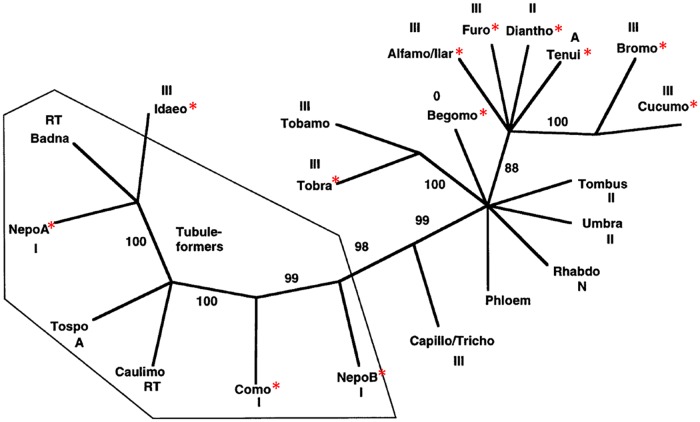Fig 3. Relationship between the phylogeny of movement proteins of the 30K superfamily and the genome organization of corresponding viruses.
This tree was constructed from all movement protein sequences available at the time of reference [85] using parsimony analysis. For more details on the construction of the tree, see reference [85]. 0, RT, N, A, I, II, and III represent the type of polymerase encoded by the viruses: none, RNA-dependent DNA polymerase, negative-strand virus, ambisens-strand virus and positive-strand virus, and supergroups I, II, III RNA-dependent RNA polymerases, respectively. The thin-lined polygon encloses those movement proteins known to form virion-bearing tubules. Genera with a red asterisk are those whose member species are multipartite viruses (N.B.: The genus Begomovirus is composed of both monopartite and bipartite viruses). Reproduced and adapted from reference [85].

